Home>Gardening & Outdoor>Garden Tools & Equipment>What Is The Most Powerful Leaf Blower
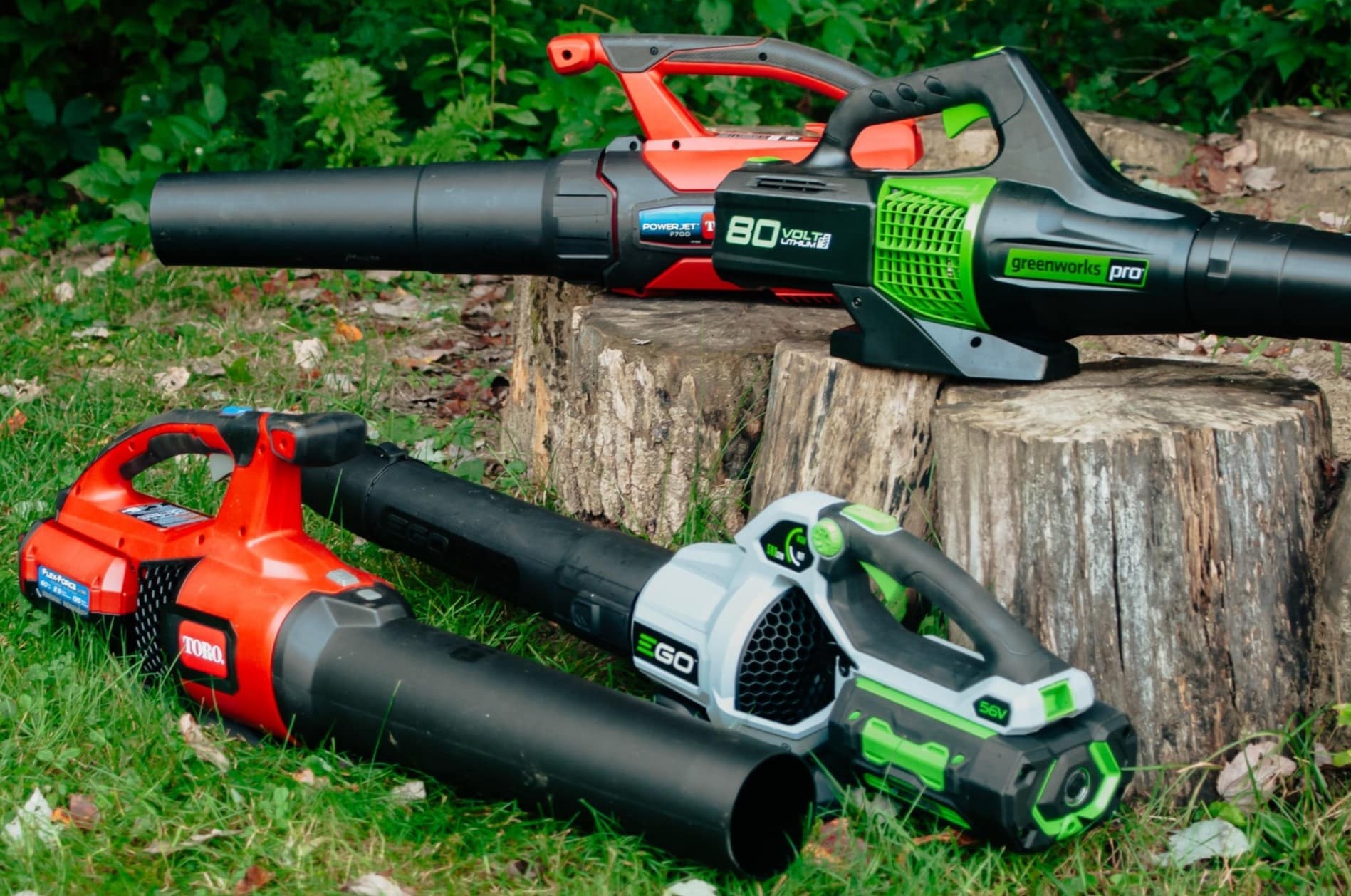

Garden Tools & Equipment
What Is The Most Powerful Leaf Blower
Modified: August 17, 2024
Discover the most powerful leaf blower for your gardening needs. Explore top-rated garden tools and equipment to keep your outdoor space pristine.
(Many of the links in this article redirect to a specific reviewed product. Your purchase of these products through affiliate links helps to generate commission for Storables.com, at no extra cost. Learn more)
Introduction
When autumn arrives, the beauty of nature is undeniable as leaves transition into vibrant hues of red, orange, and gold. However, the picturesque scene can quickly become overwhelming as the leaves gracefully descend, blanketing lawns and pathways. This is where the humble leaf blower steps in, offering a convenient solution to clear away the foliage and maintain a tidy outdoor space.
Leaf blowers come in various types, each with unique features and benefits. Understanding the differences between gas-powered, battery-powered, and corded electric leaf blowers is crucial for selecting the most suitable option. Factors such as air speed, weight, noise level, and power source play pivotal roles in determining the effectiveness and practicality of a leaf blower.
In this comprehensive guide, we will delve into the world of leaf blowers, exploring the intricacies of each type and identifying the most powerful leaf blower available. By the end of this journey, you will be equipped with the knowledge needed to make an informed decision and unleash the full potential of your outdoor maintenance endeavors.
Key Takeaways:
- Gas-powered leaf blowers offer robust performance and unrestricted mobility, making them ideal for large outdoor spaces, but their weight and exhaust emissions may not align with eco-friendly practices.
- Battery-powered leaf blowers provide cordless convenience, quiet operation, and eco-friendly attributes, rivaling gas-powered models in power and performance, making them suitable for residential and noise-sensitive environments.
Read more: What Is A Leaf Blower
Types of Leaf Blowers
Leaf blowers are available in three primary types, each offering distinct advantages and catering to different preferences and requirements. Understanding the characteristics of gas-powered, battery-powered, and corded electric leaf blowers is essential for making an informed choice.
Gas-Powered Leaf Blowers
Gas-powered leaf blowers are revered for their robust performance and unrestricted mobility. These leaf blowers are typically favored for large-scale outdoor spaces due to their powerful engines, enabling them to swiftly clear vast areas of leaves and debris. Furthermore, they do not rely on electrical outlets, providing unparalleled freedom of movement. However, they tend to be heavier and emit exhaust fumes, which may not align with environmentally conscious practices.
Battery-Powered Leaf Blowers
Embodying the essence of convenience and eco-friendliness, battery-powered leaf blowers have gained popularity for their portability and reduced noise levels. With advancements in lithium-ion battery technology, modern battery-powered leaf blowers offer impressive power and runtime, making them suitable for small to medium-sized yards. Their cordless design eliminates the limitations of cords and the need for fuel, delivering a hassle-free and environmentally sustainable leaf-clearing solution.
Corded Electric Leaf Blowers
Corded electric leaf blowers strike a balance between power and convenience. They harness the consistent power supply of electricity, eliminating the need for refueling or recharging. While they are tethered to a power outlet, corded electric leaf blowers are favored for their lightweight and maneuverability. These models are ideal for compact outdoor areas and are appreciated for their low maintenance and quiet operation.
Each type of leaf blower offers a unique set of attributes, catering to diverse preferences and requirements. By understanding the distinctions between gas-powered, battery-powered, and corded electric leaf blowers, you can make an informed decision based on your specific outdoor maintenance needs.
Read more: What Is The Best Leaf Blower
Gas-Powered Leaf Blowers
Gas-powered leaf blowers are renowned for their robust performance, making them a popular choice for tackling extensive outdoor maintenance tasks. These leaf blowers are equipped with powerful engines, often measured in cubic centimeters (cc), which contribute to their impressive airspeed and volume. The substantial blowing force generated by gas-powered leaf blowers enables them to swiftly clear large areas of leaves, debris, and grass clippings, making them ideal for expansive lawns, commercial properties, and wooded areas.
One of the key advantages of gas-powered leaf blowers is their unrestricted mobility. Unlike their corded electric and battery-powered counterparts, gas-powered models do not rely on electrical outlets or batteries, providing unparalleled freedom of movement. This mobility is particularly advantageous for properties with expansive outdoor spaces, as it allows users to navigate without the constraints of cords or limited battery life.
However, it is important to consider the weight and ergonomics of gas-powered leaf blowers. Due to their powerful engines and fuel tanks, these leaf blowers tend to be heavier than electric and battery-powered alternatives. As a result, prolonged use may lead to fatigue, especially for individuals with limited upper body strength. Additionally, the emission of exhaust fumes is a notable consideration, especially for those who prioritize eco-friendly practices. While some modern gas-powered leaf blowers are designed to minimize emissions, the environmental impact of fuel-powered equipment remains a concern for conscientious users.
When selecting a gas-powered leaf blower, it is essential to consider factors such as engine displacement, airspeed, and ergonomic features. The balance between power and user comfort is crucial, as it ensures efficient leaf-clearing capabilities without compromising the operator’s physical well-being. By understanding the attributes and considerations associated with gas-powered leaf blowers, users can make informed decisions based on their specific outdoor maintenance requirements.
Battery-Powered Leaf Blowers
Battery-powered leaf blowers have emerged as a popular choice for outdoor maintenance enthusiasts seeking a convenient, eco-friendly, and low-noise solution. These cordless leaf blowers are powered by rechargeable lithium-ion batteries, offering a compelling alternative to gas-powered and corded electric models. The advancements in battery technology have led to the development of high-capacity and long-lasting batteries, providing users with impressive runtime and power comparable to some gas-powered leaf blowers.
One of the standout features of battery-powered leaf blowers is their portability and freedom of movement. Without the constraints of cords or reliance on fuel, users can effortlessly maneuver these leaf blowers across their properties, reaching tight spaces and distant corners without the limitations of a power cord. This versatility makes battery-powered leaf blowers well-suited for residential yards, parks, and other outdoor areas where mobility and convenience are paramount.
Furthermore, the reduced noise levels of battery-powered leaf blowers contribute to a more pleasant outdoor maintenance experience. Unlike their gas-powered counterparts, which emit engine noise and exhaust fumes, battery-powered models operate quietly, minimizing disruptions to the surrounding environment and neighboring properties. This characteristic is particularly valuable in residential areas where noise ordinances and community considerations come into play.
However, it is important to consider the limitations of battery-powered leaf blowers, particularly in terms of runtime and power output. While modern lithium-ion batteries offer extended runtimes, users may need to recharge or replace the batteries during prolonged leaf-clearing sessions. Additionally, the blowing force of battery-powered leaf blowers, while impressive, may not match the sheer power of high-end gas-powered models, especially when dealing with heavy debris or wet leaves.
When evaluating battery-powered leaf blowers, factors such as battery capacity, airspeed, and ergonomic design should be carefully considered. By understanding the capabilities and limitations of these cordless leaf blowers, users can make informed decisions based on their specific outdoor maintenance needs, prioritizing convenience, eco-friendliness, and quiet operation.
Corded Electric Leaf Blowers
Corded electric leaf blowers offer a compelling combination of consistent power, lightweight design, and low maintenance, making them a popular choice for homeowners and outdoor enthusiasts. These leaf blowers are powered by electricity, drawing energy from standard power outlets to deliver reliable performance without the need for fuel or battery recharging. The corded design ensures uninterrupted operation, making them well-suited for smaller yards, patios, and other compact outdoor spaces.
One of the primary advantages of corded electric leaf blowers is their lightweight and maneuverability. Unlike gas-powered models, which can be heavy and cumbersome, corded electric leaf blowers are typically lightweight and easy to handle, allowing users to navigate effortlessly while clearing leaves and debris. This feature is particularly beneficial for individuals seeking a user-friendly and ergonomic leaf-clearing solution, minimizing physical strain and fatigue during extended use.
Furthermore, the low maintenance requirements of corded electric leaf blowers contribute to their appeal. With no fuel tanks to refill or batteries to recharge, users can rely on these leaf blowers for consistent performance without the need for ongoing maintenance tasks. This simplicity makes corded electric models an attractive option for individuals who prioritize hassle-free outdoor maintenance equipment.
However, the primary consideration with corded electric leaf blowers is the reliance on power outlets and the limitations of the power cord. The tethered nature of these leaf blowers restricts their range, requiring users to operate within close proximity to electrical sockets. While extension cords can provide added flexibility, they introduce potential tripping hazards and may limit the blower’s reach, especially in larger outdoor spaces.
When evaluating corded electric leaf blowers, factors such as power cord length, airspeed, and ease of maneuverability should be carefully assessed. By understanding the capabilities and constraints of these electric leaf blowers, users can make informed decisions based on their specific outdoor maintenance needs, prioritizing consistent power supply, ease of use, and minimal maintenance requirements.
Factors to Consider When Choosing a Leaf Blower
When embarking on the journey to select the ideal leaf blower for your outdoor maintenance needs, several crucial factors come into play. By carefully evaluating these considerations, you can make an informed decision that aligns with your specific requirements, ensuring optimal performance and user satisfaction.
Read more: What Is A Good CFM For A Leaf Blower
Air Speed and Volume
The airspeed and volume of a leaf blower are key indicators of its clearing capabilities. Higher airspeed and volume facilitate the efficient removal of leaves, debris, and grass clippings, especially in larger outdoor spaces. Understanding the airflow specifications of a leaf blower allows you to gauge its effectiveness in tackling various types of yard waste, from light, dry leaves to heavier, damp debris.
Weight and Portability
The weight and portability of a leaf blower directly impact user comfort and maneuverability during operation. For individuals with smaller yards or limited upper body strength, a lightweight and ergonomic design may be preferable. Conversely, users with expansive outdoor areas may prioritize a balance between power and manageable weight to ensure efficient leaf clearing without excessive physical strain.
Noise Level
The noise level of a leaf blower is a significant consideration, particularly in residential areas and noise-sensitive environments. Models with lower decibel ratings offer quieter operation, minimizing disruptions to the surrounding environment and ensuring a more pleasant leaf-clearing experience for the user and neighboring properties.
Power Source
Determining the preferred power source for your leaf blower is crucial. Gas-powered leaf blowers offer robust performance and unrestricted mobility, while battery-powered models provide cordless convenience and eco-friendly operation. Corded electric leaf blowers, on the other hand, offer consistent power without the need for fuel or battery recharging. Understanding the advantages and limitations of each power source enables you to select a leaf blower that aligns with your mobility, environmental, and operational preferences.
By carefully evaluating these factors and understanding their implications on leaf blower performance and user experience, you can make an informed decision that meets your unique outdoor maintenance needs. Whether prioritizing power, portability, environmental impact, or noise levels, selecting the right leaf blower ensures efficient and enjoyable yard maintenance endeavors.
Read more: When Was The Leaf Blower Invented
Air Speed and Volume
When evaluating leaf blowers, understanding the concepts of airspeed and volume is essential for determining their clearing capabilities and effectiveness in managing various types of yard waste. These two factors play a pivotal role in assessing the performance of a leaf blower and its suitability for specific outdoor maintenance tasks.
Airspeed
The airspeed of a leaf blower, measured in miles per hour (MPH) or kilometers per hour (KPH), signifies the velocity at which air is expelled from the blower’s nozzle. Higher airspeed results in a more forceful airflow, enabling the efficient displacement of leaves, debris, and grass clippings. This feature is particularly beneficial for dislodging stubborn or damp yard waste and reaching distant areas within the outdoor space.
When dealing with heavy or matted leaves, a leaf blower with a higher airspeed can effectively disperse and clear the debris, streamlining the maintenance process and yielding pristine results. Additionally, the airspeed directly influences the blower’s ability to handle different types of yard waste, from light, dry leaves to heavier, moisture-laden materials.
Air Volume
The air volume, often measured in cubic feet per minute (CFM) or cubic meters per minute (CMM), reflects the quantity of air expelled by the leaf blower in a given time frame. This metric provides insights into the blower’s overall blowing capacity and its ability to move substantial amounts of yard waste efficiently. Higher air volume contributes to a wider coverage area and enhanced productivity, allowing users to clear larger sections of their outdoor space in less time.
Leaf blowers with a high air volume are adept at managing extensive leaf coverage, making them suitable for properties with abundant foliage and substantial yard areas. The combination of elevated airspeed and volume empowers these leaf blowers to tackle diverse yard waste scenarios, delivering consistent and thorough clearing performance.
By comprehending the significance of airspeed and volume, users can make informed decisions when selecting a leaf blower that aligns with their specific outdoor maintenance requirements. Whether prioritizing the efficient removal of heavy debris or the swift clearance of expansive outdoor spaces, understanding these factors ensures the optimal selection of a leaf blower that enhances the effectiveness and enjoyment of yard maintenance endeavors.
Weight and Portability
When considering the purchase of a leaf blower, the weight and portability of the equipment are crucial factors that directly impact user comfort, maneuverability, and overall satisfaction during outdoor maintenance tasks. Understanding the implications of weight and portability allows individuals to select a leaf blower that aligns with their physical capabilities and the demands of their outdoor space.
Read more: What Kind Of Gas For An Echo Leaf Blower
Weight
The weight of a leaf blower significantly influences the user’s ability to handle and operate the equipment effectively. Heavier leaf blowers may pose challenges for individuals with limited upper body strength or those susceptible to fatigue during prolonged use. Conversely, lightweight leaf blowers offer enhanced maneuverability and reduce the risk of physical strain, particularly when navigating diverse terrain and clearing hard-to-reach areas.
When choosing a leaf blower, it is essential to strike a balance between weight and power, ensuring that the equipment’s heft does not compromise its clearing capabilities. Evaluating the weight of the leaf blower in relation to its intended use and the user’s physical abilities is paramount, as it directly impacts the comfort and efficiency of outdoor maintenance activities.
Portability
The portability of a leaf blower encompasses its ease of movement, maneuverability, and overall user-friendly design. Portable leaf blowers are characterized by ergonomic features, balanced weight distribution, and intuitive controls, allowing users to navigate outdoor spaces with minimal effort and maximum precision. This attribute is particularly valuable for individuals seeking a versatile and user-friendly leaf-clearing solution.
Furthermore, the portability of a leaf blower directly influences its suitability for diverse outdoor maintenance tasks, from clearing leaves on lawns and driveways to tidying up garden beds and patio areas. A portable leaf blower empowers users to address various yard maintenance challenges with ease, enhancing the overall efficiency and enjoyment of the outdoor maintenance process.
By considering the weight and portability of a leaf blower, individuals can make informed decisions that prioritize user comfort, maneuverability, and operational efficiency. Whether navigating intricate landscapes, managing physically demanding tasks, or seeking a user-friendly leaf-clearing experience, the careful evaluation of weight and portability ensures the selection of a leaf blower that complements the unique needs and preferences of the user.
Noise Level
When selecting a leaf blower, the noise level is a critical consideration, particularly in residential areas and environments where noise pollution is a concern. Understanding the implications of a leaf blower’s noise output is essential for promoting a harmonious outdoor maintenance experience and minimizing disruptions to the surrounding community.
Impact of Noise
The noise generated by leaf blowers can have significant effects on the quality of the outdoor environment. Excessive noise levels not only disturb the peace and tranquility of residential neighborhoods but can also contribute to stress and discomfort for users and nearby residents. Additionally, prolonged exposure to loud noise can have adverse effects on hearing health, making noise reduction an important aspect of outdoor equipment selection.
Read more: What Is The Best Backpack Leaf Blower
Quieter Operation
Modern leaf blowers often feature noise-reducing technologies and designs aimed at minimizing their impact on the surrounding environment. Quieter operation not only enhances the user’s experience during outdoor maintenance tasks but also fosters a more considerate and community-friendly approach to yard care. Reduced noise levels contribute to a more pleasant outdoor environment, promoting a positive relationship between users and their neighbors.
Community Considerations
In residential settings, noise ordinances and community guidelines may regulate the use of outdoor equipment, including leaf blowers. By selecting a leaf blower with lower noise emissions, users can adhere to these regulations while contributing to a quieter and more respectful neighborhood environment. Considering the noise level of a leaf blower is a proactive step toward fostering positive community relationships and demonstrating consideration for the well-being of others.
User Comfort
Beyond its impact on the surrounding environment, the noise level of a leaf blower directly influences the user’s comfort and overall experience during outdoor maintenance tasks. Quieter operation reduces the potential for user fatigue and discomfort, allowing individuals to engage in yard care activities without the distractions and stress associated with loud equipment noise.
By prioritizing the noise level of a leaf blower, users can select equipment that aligns with their community’s guidelines, promotes a peaceful outdoor environment, and enhances their own comfort and well-being during yard maintenance endeavors. Choosing a leaf blower with reduced noise emissions contributes to a more enjoyable and considerate outdoor maintenance experience for users and their neighbors alike.
Power Source
When exploring leaf blower options, the choice of power source is a fundamental consideration that significantly influences the operational characteristics, environmental impact, and overall suitability of the equipment for specific outdoor maintenance tasks. Understanding the attributes and implications of different power sources empowers users to make informed decisions aligned with their mobility, environmental, and operational preferences.
Gas-Powered Leaf Blowers
Gas-powered leaf blowers are renowned for their robust performance and unrestricted mobility. Fueled by gasoline, these leaf blowers offer powerful blowing capabilities, making them well-suited for large-scale outdoor maintenance tasks. The mobility afforded by gas-powered models allows users to navigate expansive outdoor spaces without the constraints of power cords or battery limitations. However, the emission of exhaust fumes and the need for fuel refills are notable considerations, particularly for those prioritizing eco-friendly practices and minimal environmental impact.
Battery-Powered Leaf Blowers
Battery-powered leaf blowers have gained popularity for their cordless convenience, quiet operation, and eco-friendly attributes. These leaf blowers are powered by rechargeable lithium-ion batteries, offering portability and freedom of movement without the reliance on fuel or power cords. While modern battery technology has led to significant advancements in power and runtime, users should consider the limitations of battery life and the need for recharging during prolonged outdoor maintenance sessions.
Corded Electric Leaf Blowers
Corded electric leaf blowers harness the consistent power supply of electricity, eliminating the need for fuel or battery recharging. These leaf blowers are favored for their lightweight design and low maintenance requirements, making them suitable for smaller yards and noise-sensitive environments. However, the reliance on power outlets and the limitations of the power cord restrict the range and mobility of corded electric leaf blowers, requiring users to operate within close proximity to electrical sockets.
Considerations and Preferences
When evaluating the power source of a leaf blower, users should consider factors such as mobility, environmental impact, noise levels, and operational convenience. Gas-powered leaf blowers offer robust performance and unrestricted mobility but may pose environmental concerns, while battery-powered and corded electric models prioritize eco-friendliness and quiet operation at the expense of certain limitations. By aligning the choice of power source with their specific outdoor maintenance needs and preferences, users can select a leaf blower that optimally complements their operational and environmental considerations.
Read more: What Is The Best Leaf Blower Vacuum Mulcher
The Most Powerful Leaf Blower
As outdoor maintenance enthusiasts seek the most effective leaf blower to tackle challenging yard care tasks, the quest for the most powerful option becomes a focal point. The term “powerful” encompasses various attributes, including airspeed, air volume, and overall blowing force, all of which contribute to the equipment’s clearing capabilities and efficiency in managing diverse yard waste scenarios.
Gas-Powered Leaf Blowers
Gas-powered leaf blowers are often revered for their robust performance and impressive blowing force, making them contenders for the title of the most powerful leaf blower. Equipped with high-displacement engines and substantial airflow capabilities, these leaf blowers excel in swiftly clearing vast areas of leaves, debris, and grass clippings. Their unrestricted mobility and formidable blowing force position them as formidable tools for large-scale outdoor maintenance tasks, particularly in expansive lawns, commercial properties, and wooded areas.
Battery-Powered Leaf Blowers
Advancements in lithium-ion battery technology have propelled battery-powered leaf blowers into the realm of power and performance previously dominated by gas-powered models. Modern battery-powered leaf blowers offer impressive airspeed and volume, rivaling some gas-powered counterparts in clearing capabilities while delivering the added benefits of cordless convenience, quiet operation, and eco-friendly attributes. These advancements have positioned certain high-end battery-powered leaf blowers as formidable contenders for the title of the most powerful leaf blower, especially in residential and noise-sensitive environments.
Considerations for Power and Performance
When determining the most powerful leaf blower, it is essential to consider the specific outdoor maintenance requirements, environmental considerations, and user preferences. Factors such as airspeed, air volume, blowing force, and operational convenience play pivotal roles in evaluating the power and performance of leaf blowers. Users should carefully assess the attributes of each type of leaf blower, weighing the trade-offs between power, mobility, noise levels, and environmental impact to identify the most suitable option for their unique yard care needs.
Ultimately, the quest for the most powerful leaf blower is a nuanced endeavor that involves balancing performance, mobility, and environmental considerations. By carefully evaluating the capabilities and limitations of gas-powered and battery-powered leaf blowers, users can select the most powerful option that aligns with their specific outdoor maintenance requirements, promoting efficient and enjoyable yard care experiences.
Read more: How To Use A Leaf Blower
Conclusion
As the autumn season unfolds and leaves blanket outdoor spaces in a mosaic of vibrant colors, the role of the leaf blower in maintaining tidy landscapes becomes increasingly prominent. The diverse landscape of leaf blowers, encompassing gas-powered, battery-powered, and corded electric models, offers a spectrum of options for individuals seeking efficient and convenient solutions for leaf clearing and yard maintenance.
Understanding the distinctions between these types of leaf blowers is essential for making informed decisions that align with specific outdoor maintenance needs. Gas-powered leaf blowers, characterized by robust performance and unrestricted mobility, cater to large-scale outdoor spaces, while battery-powered leaf blowers offer cordless convenience, quiet operation, and eco-friendly attributes. Corded electric leaf blowers strike a balance between consistent power supply, lightweight design, and low maintenance, making them ideal for smaller yards and noise-sensitive environments.
Factors such as airspeed, air volume, weight, portability, noise level, and power source play pivotal roles in evaluating the effectiveness and suitability of a leaf blower. By carefully considering these factors, individuals can select equipment that optimally complements their unique outdoor maintenance requirements, promoting efficient and enjoyable yard care experiences.
The quest for the most powerful leaf blower encompasses a nuanced evaluation of performance, mobility, noise levels, and environmental impact. Gas-powered leaf blowers, known for their formidable blowing force, and high-end battery-powered models, showcasing impressive power and eco-friendly attributes, emerge as contenders for the title of the most powerful leaf blower. By carefully weighing the trade-offs and benefits of each type of leaf blower, users can identify the most suitable option that enhances their yard care endeavors.
In the pursuit of an ideal leaf blower, whether prioritizing robust performance, cordless convenience, or eco-friendly operation, individuals can make informed decisions that promote efficient and enjoyable outdoor maintenance experiences. By understanding the intricacies of leaf blowers and their attributes, users can unleash the full potential of these tools, transforming the seasonal chore of leaf clearing into a seamless and rewarding endeavor.
Frequently Asked Questions about What Is The Most Powerful Leaf Blower
Was this page helpful?
At Storables.com, we guarantee accurate and reliable information. Our content, validated by Expert Board Contributors, is crafted following stringent Editorial Policies. We're committed to providing you with well-researched, expert-backed insights for all your informational needs.
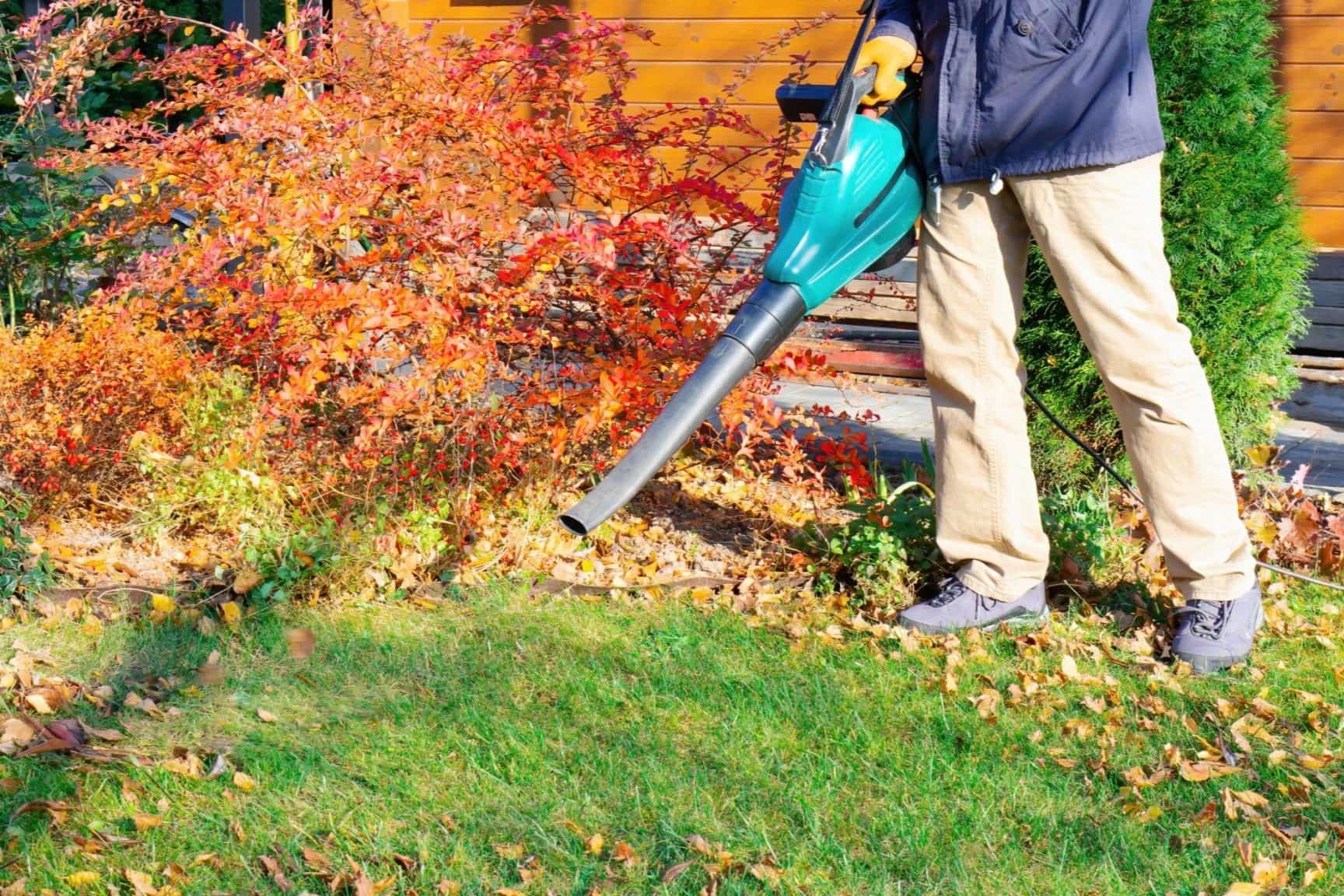
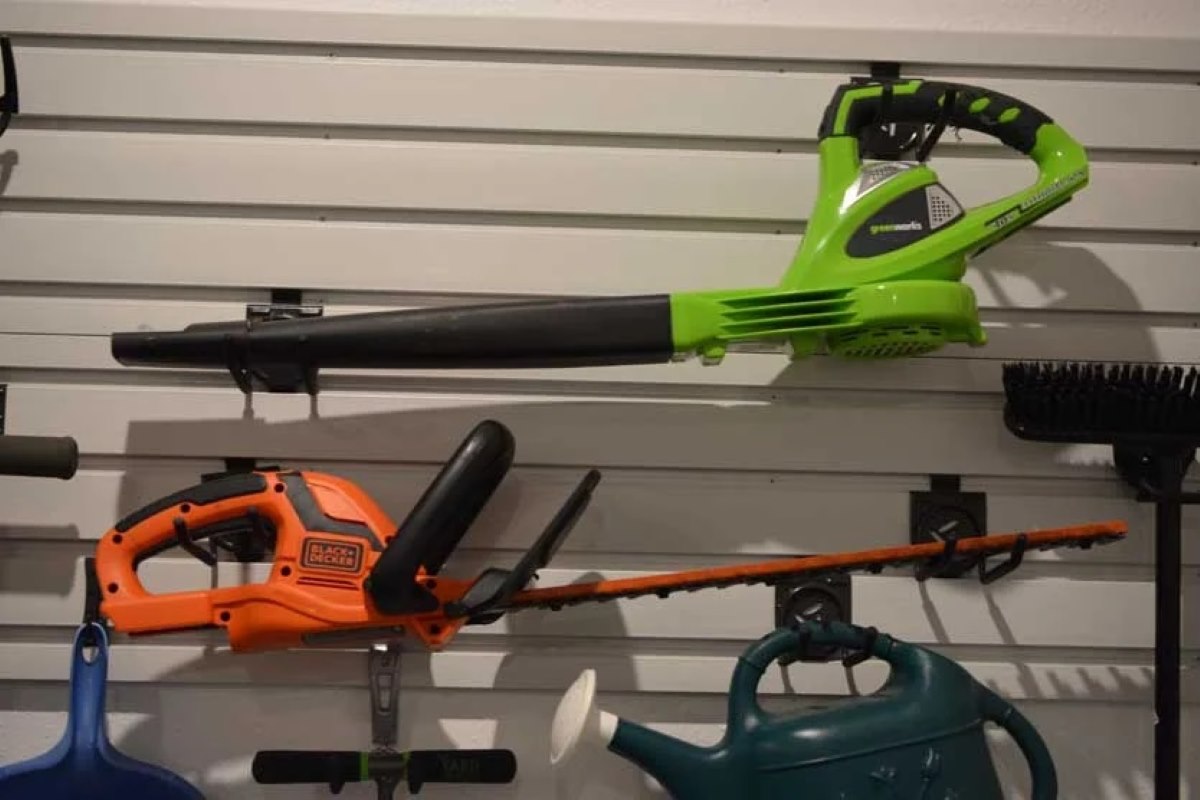
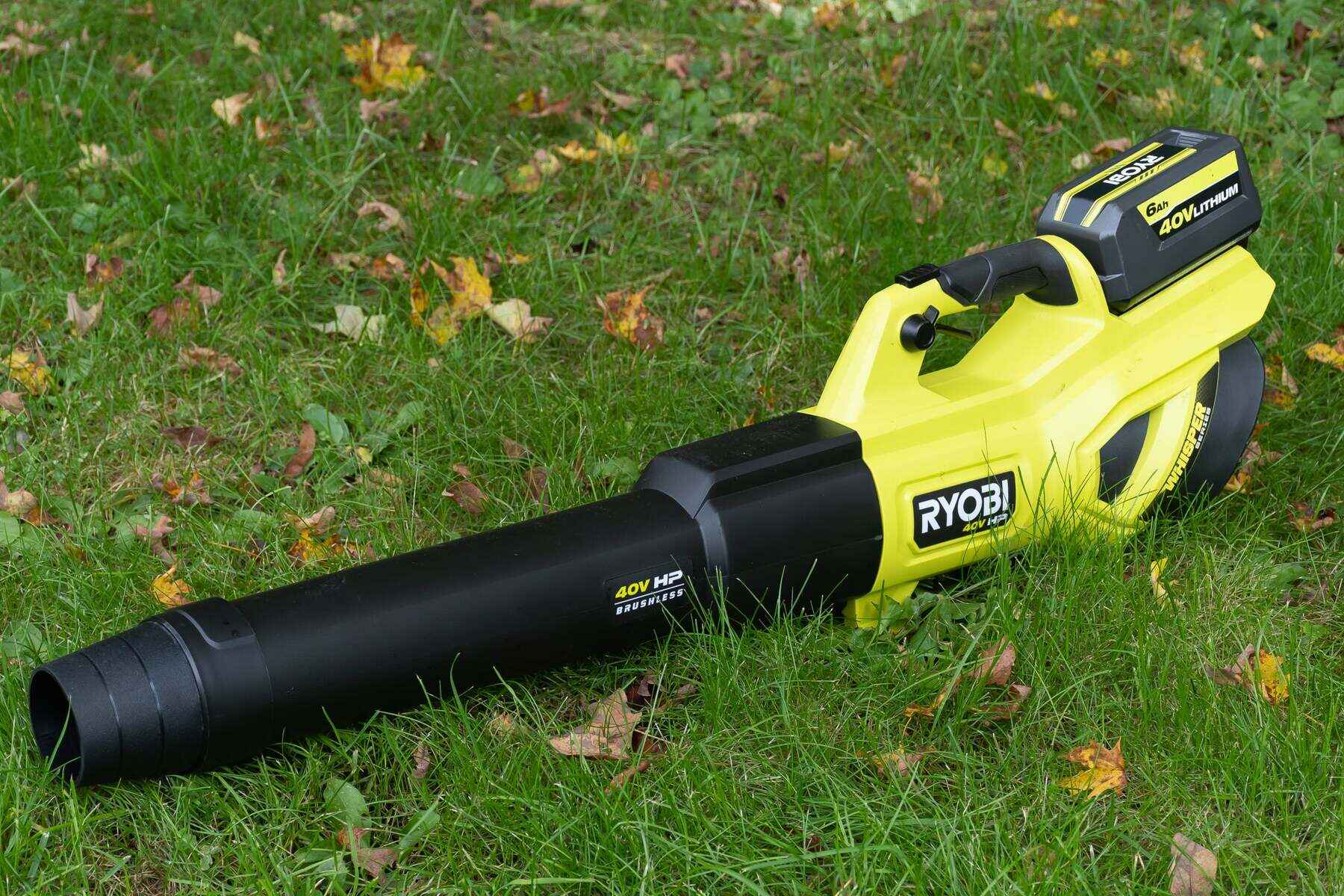
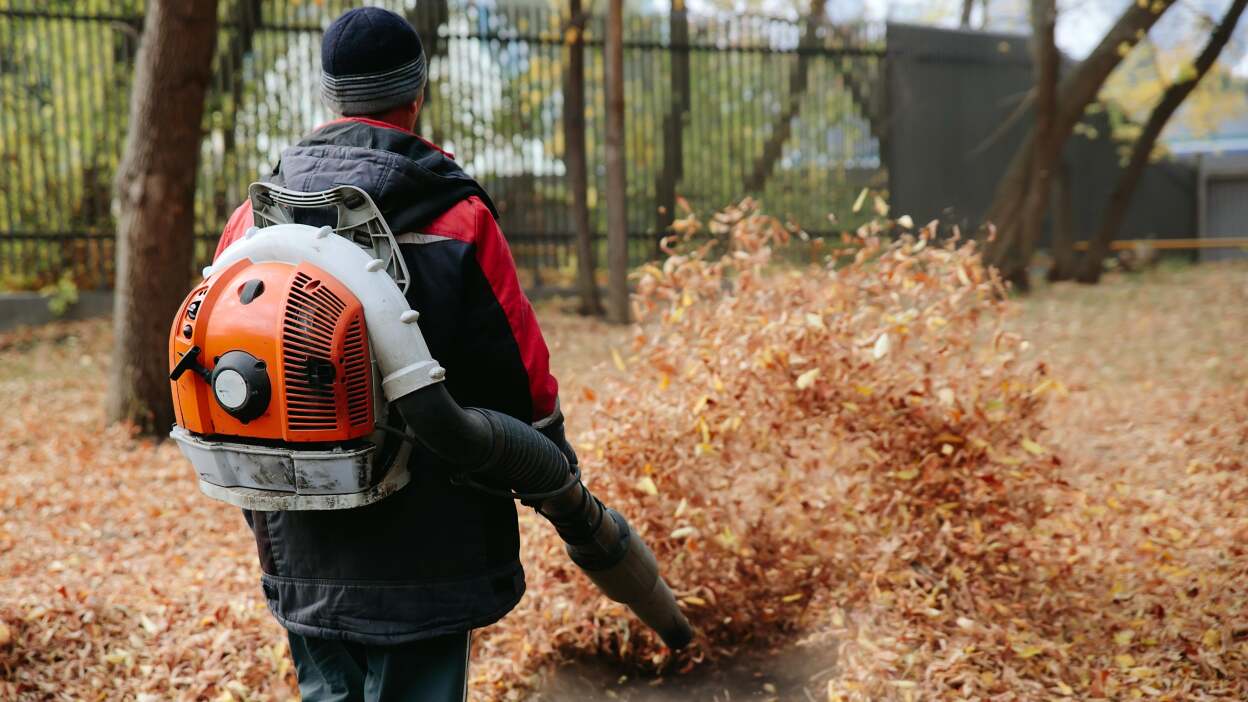
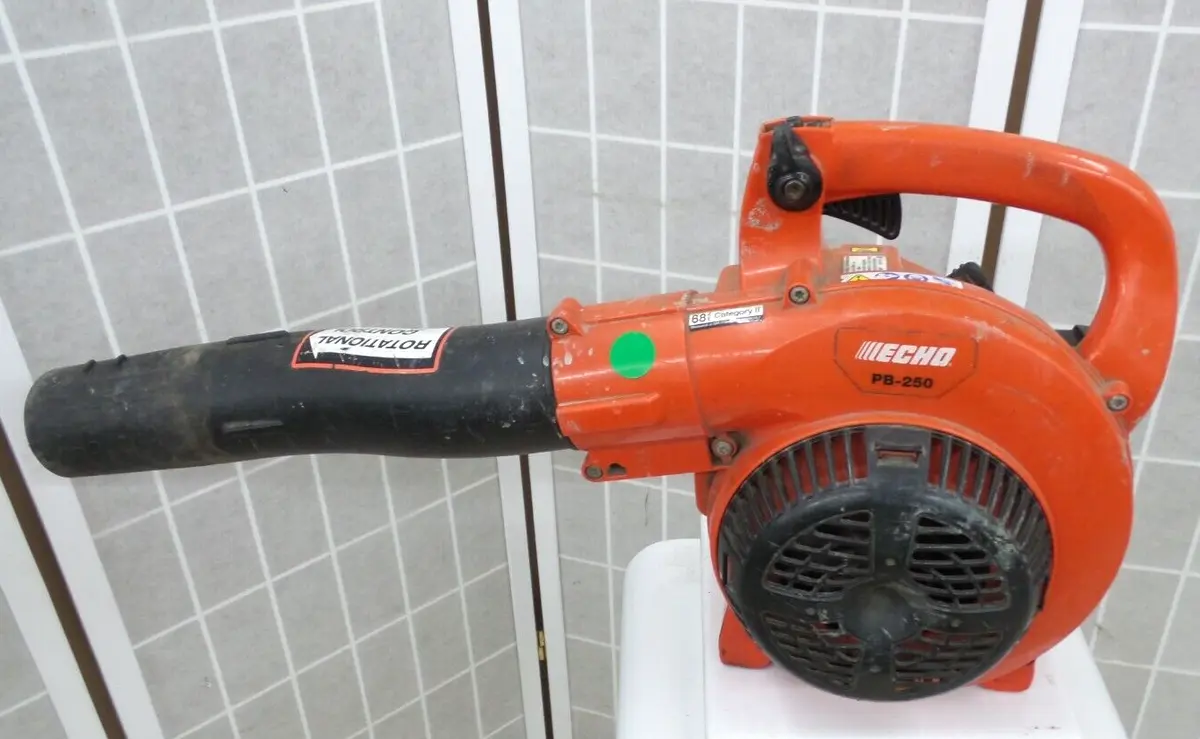
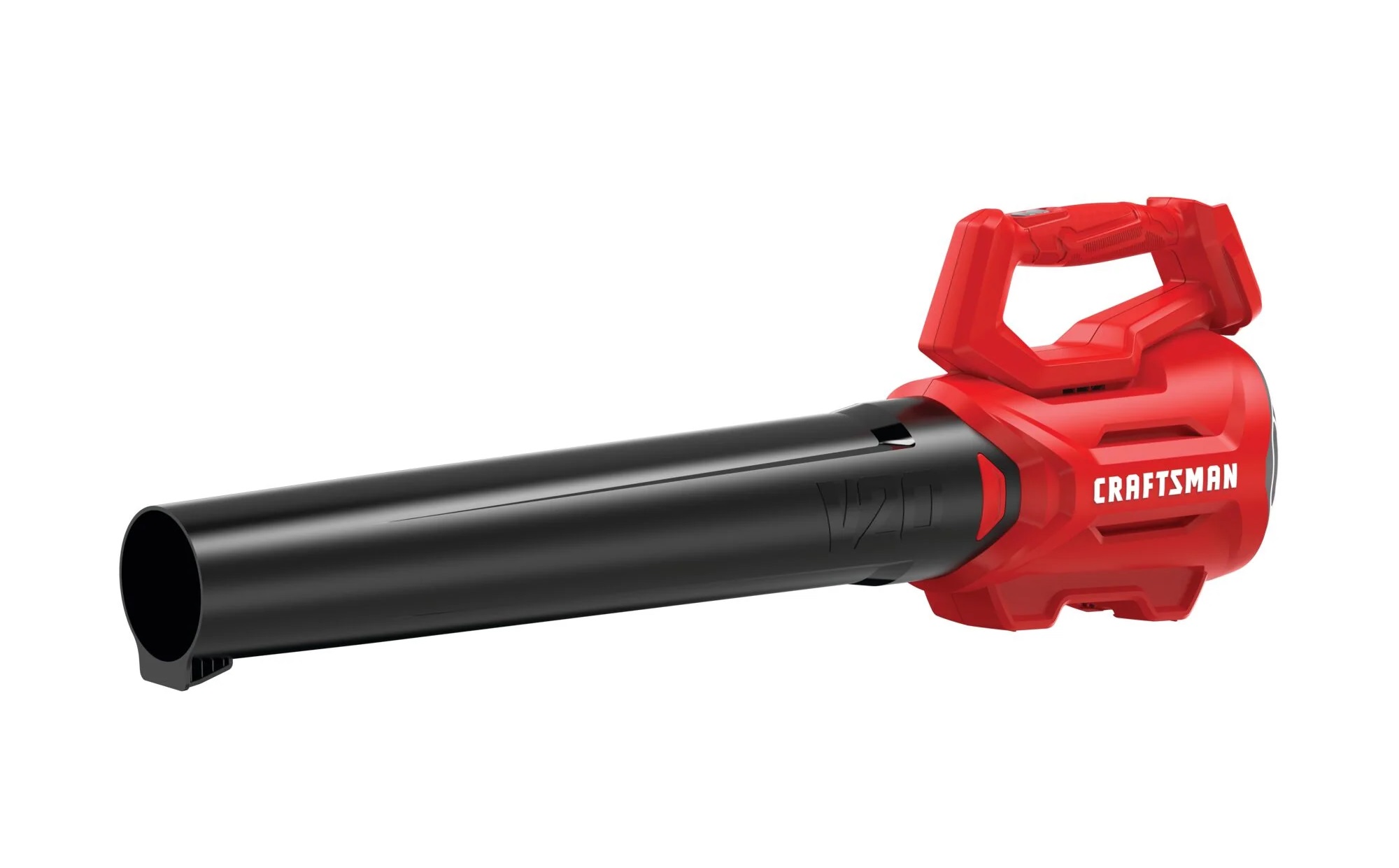
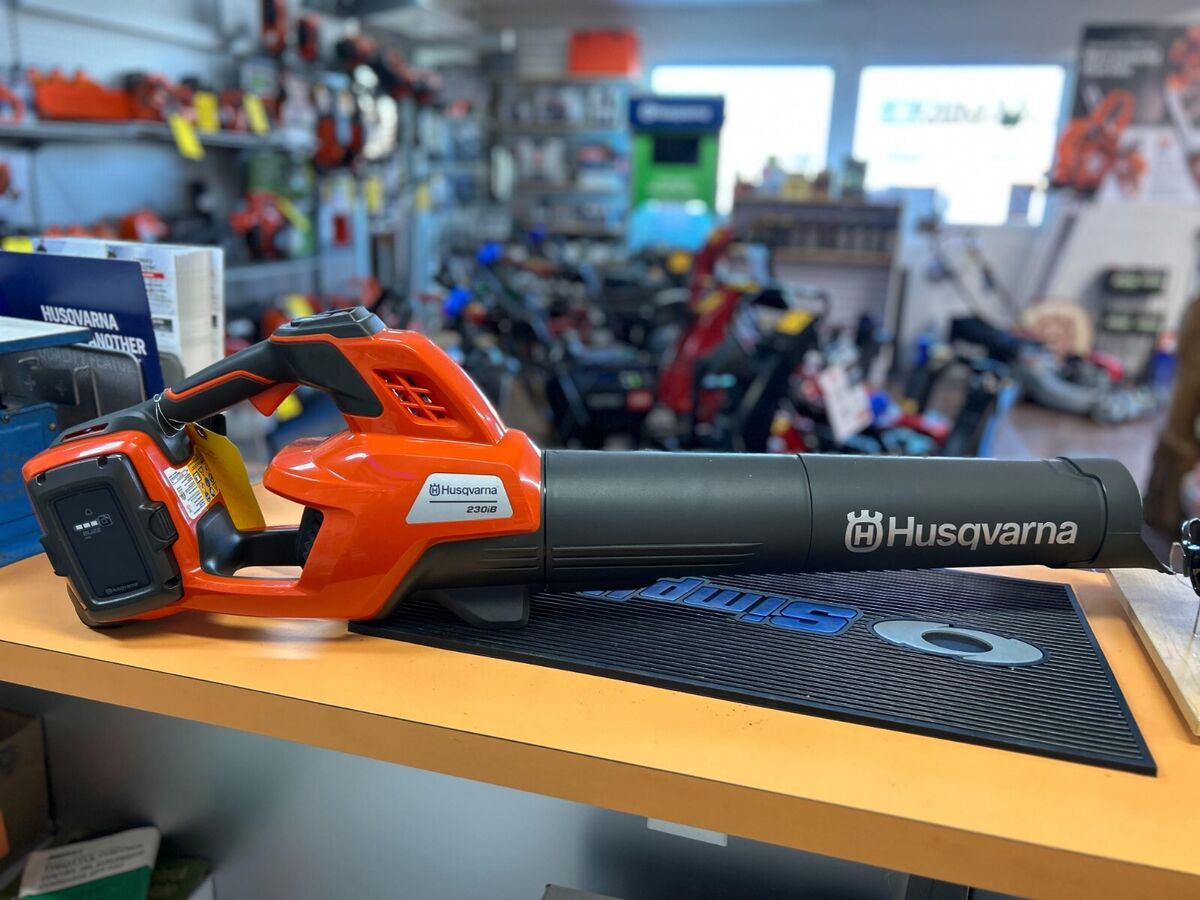

0 thoughts on “What Is The Most Powerful Leaf Blower”